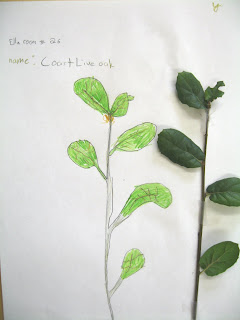The
Studio Lab at Walgrove supports classroom teachers in a number of ways. With
the Walgrove Latino Heritage program set to take place on Friday, the second grade
teachers asked for help with the banner each grade level creates for the celebration. Math, specifically fact families and missing
addends, was our subject focus.
Working with Mayan numerals provided a way for integration. We began with an introduction to the Mayans and a mini-geography lesson, looking at maps of Northern and Central America. We had a little fun skip counting, an excellent primer for the new symbols they were about to encounter. It was also an opportunity to work toward multiplication skills.
When writing Mayan
numerals, one is represented with a dot. Students quickly understood that two would be represented by two dots, three by three dots, etc. However, jaws literally dropped when a horizontal bar representing five was introduced and they saw how the following numerals were written. It was an exciting moment!
Students, who
worked in pairs, were assigned a number (up to 19) and challenged to
create Mystery Math problems for other students to solve. They began
by creating a part part whole model and a fact family. From there, they
made number puzzles and translated their numerals to Mayan numerals.
For
the interactive banner, students created a key code with cards for
Mayan numerals . Another section was filled with
Mystery Math problems written with Mayan numerals for decoding.
 |
| "Mayans used different symbols for numbers than we do. Lift the card to see what number each symbol represents." |
 |
 | |||
| "Use the key code cards to find out the numbers in the Mystery Math problems and then lift the green card to check your answers." |



















































